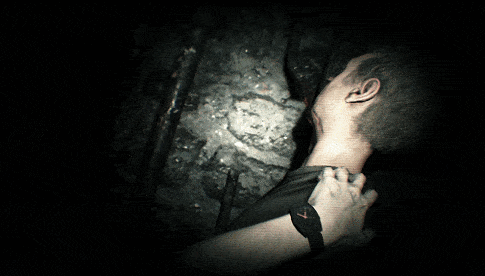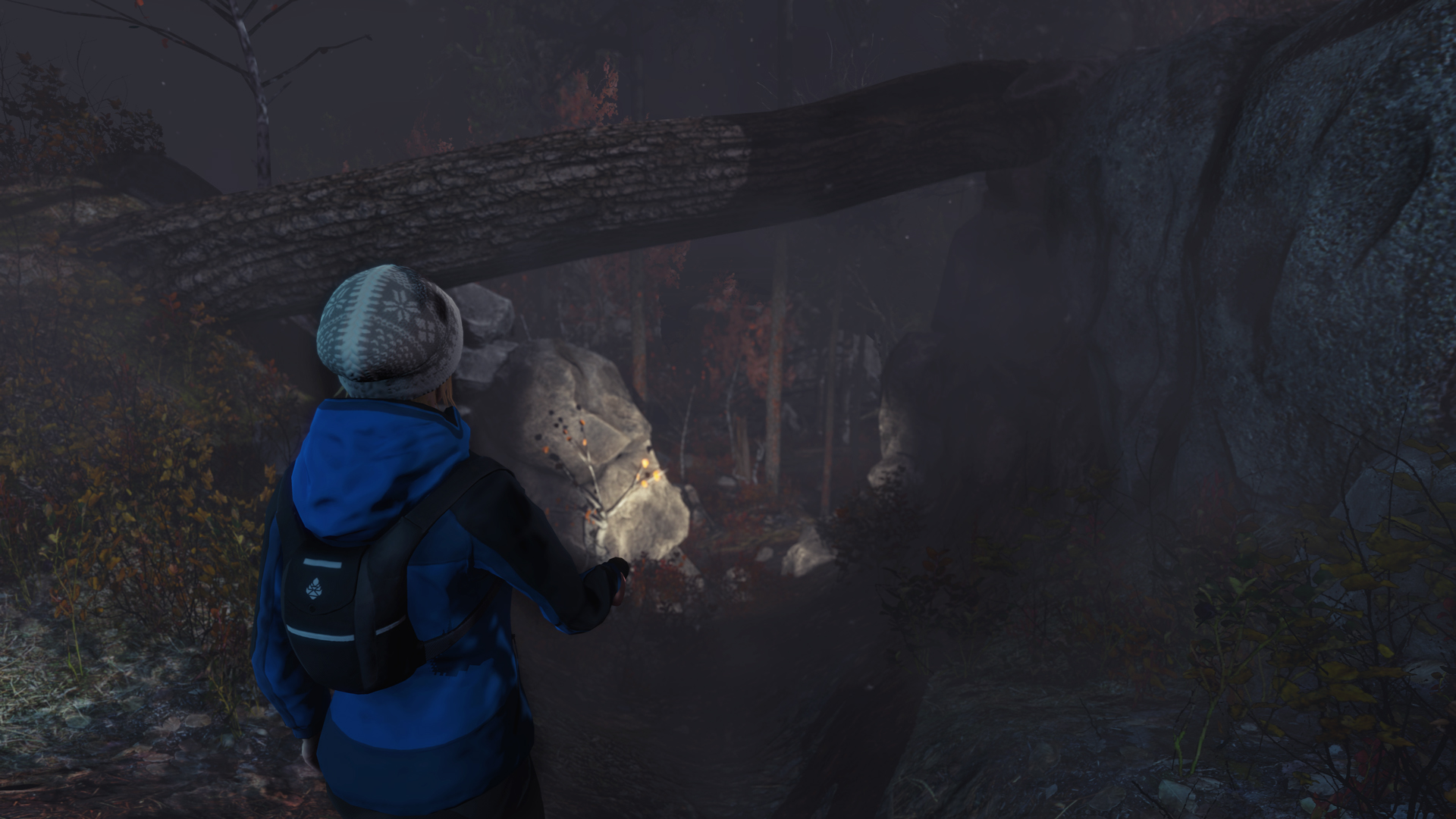Can you name a recent AAA horror game that has given a refreshing boost to the horror genre as a whole? Not just first person shooters with elements of horror, but true atmospheric, interactive experiences? Games that leave you genuinely, sincerely spooked while weaving a narrative that evokes fear of the unknown? If not, then you might need to look to Indie horror instead.
Retracing the Steps of Evil
Resident Evil 7 received a lot of praise for deviating from previous installments. Prior to this, Resident Evil 4 was the last game of the series (ignoring one-shots and spin offs) that really tried to give players a genuine sense of unease and suspense.
Recalling vibes from the Hammer era of horror films, the protagonist Leon is trapped in an isolated area. Cut off from assistance, players must desperately fight for survival against a hive of corrupted, blood thirsty villagers. Resident Evil 7 brought back this claustrophobia and built upon the idea of infected mutated evil by adding a paranormal element.

This shows that with the right motivation, intention, and team, big studios can reignite the passion of devoted fans, without just churning out another entirely profit motivated sequel. Sadly this is not a common trend in the AAA industry right now.
With examples of great horror games few and far between among big studios, genre fans have had to look elsewhere for their scary fix. Fortunately, indie games have been picking up the slack in a big way.
Danger all Around You
You’re wandering through the woods. All you can hear is a random creaking sound reverberating through the air. Your own breathlessness echoes as you meander with little grace through the trees. You worry that the shadows in your periphery are actually monsters watching you. Trapped, you need to find a way out, or maybe a way in.
You hear a noise behind you, but are too scared to look back. Instead you keep running forward, cursing as your stamina counter depletes. Willing it to refill faster. The thing behind you is gaining ground. As you take a wrong turn you spin around and a ghoulish beasts leaps at you. Game over. Or possibly the only way to continue the story.

This example demonstrates a handful of setups within recent Indie horror games. Every time it’s incredibly effective, despite this scene being repeated in multiple titles. It stays fresh and maintains a spooky element.
Exploring the Unknown
The Park utilizes this differently than Slenderman. Neither of which is anything like A Walk in the Woods, or the other tale dripping with Scandinavian folklore, Unforgiving.

Within the indie scene, horror games managed to evoke nightmarish worlds and genuine feelings of tension, despite rudimentary mechanics and graphics. Lone Survivor tapped into real life feelings of isolation as we traversed a hub of terrors in a nostalgic design. Cry of Fear gave people the feeling of being trapped in a world reminiscence of John Carpenter’s A Prince of Darkness, and they did it for free.
Five Nights at Freddy’s introduced a unique set up that spawned an entire cult following. Extending well beyond the realms of the game itself. A humble indie game about mechanical animals trying to kill you created a library of memes, merchandise, spin offs, music albums, and other media. Every top tier influencer knew to cover it, because the game’s appeal brought them increased views and income.
Keeping the Nightmares Alive
Horror gaming isn’t just being kept afloat by indie developers, it’s thriving. These developers aren’t offering a stop gap until AAA studios can save the day, they’ve already saved it and are now on equal footing.
People who enjoy scary games aren’t satisfied by games that just overuse jump scares. Mood, atmosphere, and growing feelings of dread are key. Elements which indie games offer in spades.

While not every indie horror title is a success, the rapid expulsion of variety gives people more chances to find their preferred niche. Platforms such as Gamejolt help gamers discover titles to scratch their itch for creepy. These indie heavy platforms offer gamers their first taste of potential future smash hits or simply, personal favorites.
Developers who utilize free or cheap demos and game previews increase their exposure. This helps soothe concerns from potential buyers in a climate where pre-orders and loot crate issues are testing patience across the board.
Hellblade Effect
As time has gone on, it’s getting harder to tell initially, when a game has indeed come from an indie studio. This can be seen in recent titles such as Ninja Theory’s Hellblade.

Upon its release Hellblade had all the trappings of a AAA title. Stellar animations, beautiful narration, and general overview of the world. Despite all of this it was indeed an indie title, developed by a small UK team. Hellblade offered an experience that delved into the trauma of various mental conditions. All while being laced in mythology and bleakness. Yet somehow, the faintest glow of hope manages to survive this journey through hell.
As indie gaming continues to grow, within both the indie circuit and mainstream media, the horror genre has been given new hope for healthy longevity. In a sense, indie developers have given the genre a humble renaissance. Indie games are reinvigorating and rethinking how something as ancient as fear can be transformed into the quality gaming experience that audiences deserve.



